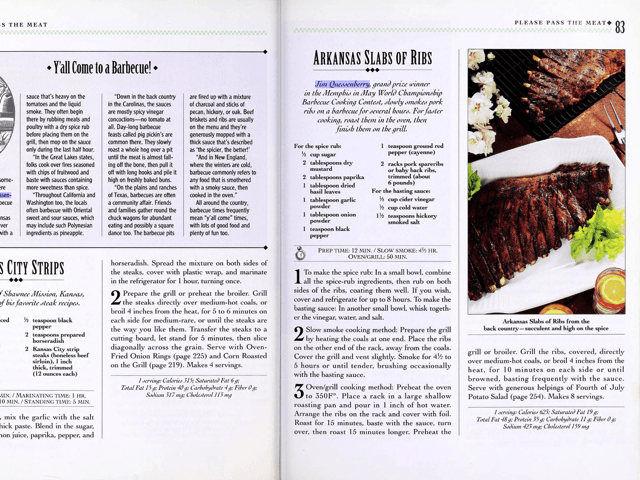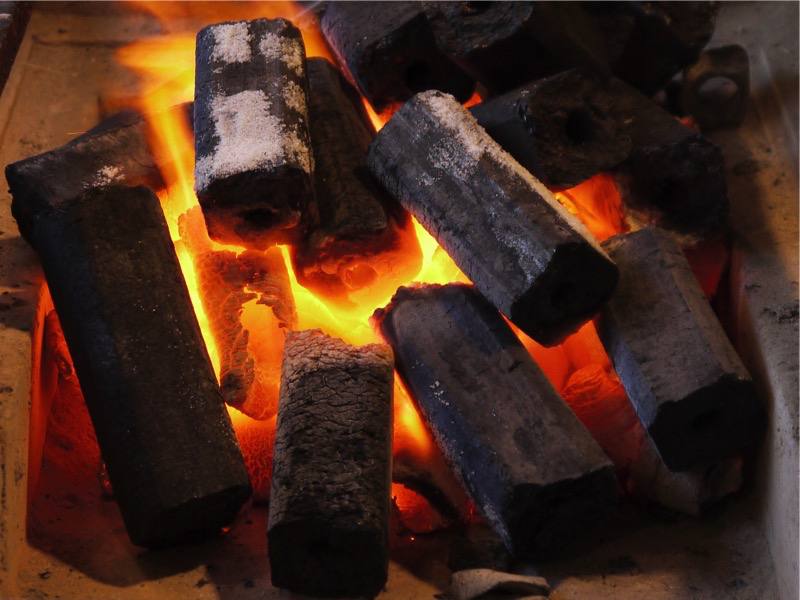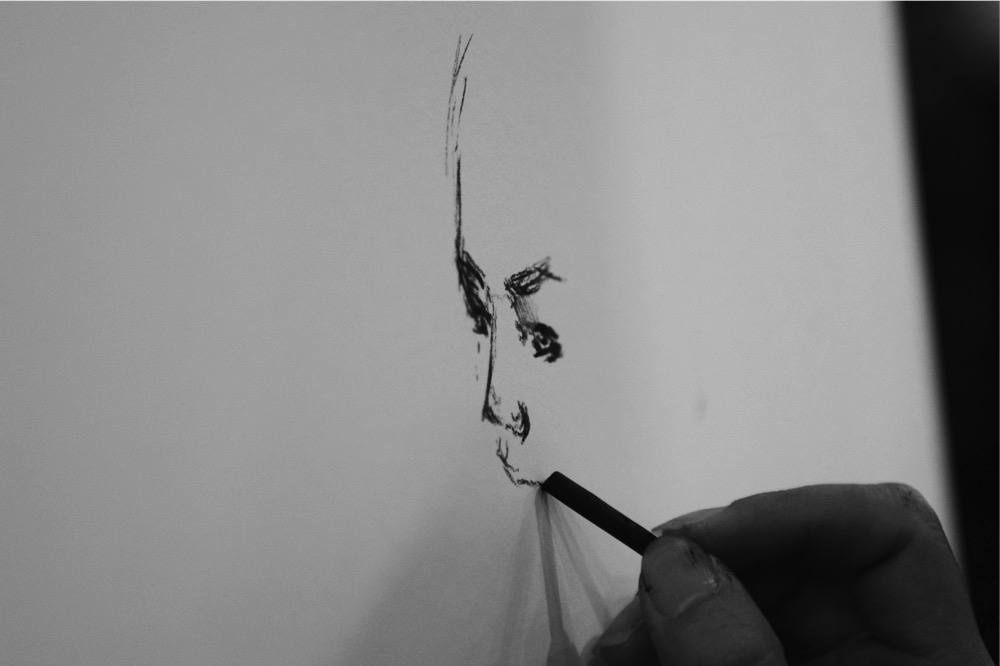Day 17: So… We Found Another World Championship That Dad Won? Who Knew?
Upon doing a ton of research lately on the history and origins of 1980’s pioneering barbecue championships, we found out a few things that even we didn’t know about Dad’s past wins. Unfortunately back in the late 80’s or maybe early 90’s, Dad’s trophies were on display at a buddy’s restaurant and it burned completely to the ground. It included several top place wins at Memphis in May as well as other contests around the mid-south. (I’ll do more research on that later to establish the what, when, and where of the restaurant). All of our lives, we were told that Dad was a two-time champion, receiving top honors of the 3rd and 5th International Cooking Competition in Lisdoonvarna, Ireland. While this is a true statement it seems that we all, including my mother, let one slip through the cracks that was a much more recent victory, and from Memphis in May to boot.

Through research online, it became apparent that Dad won the World Championship in Ribs either in 1993 or 1994 at Memphis in May. The book, “Down Home Cooking” by Reader’s Digest (ISBN 0-89577-646-4) lists a recipe and excerpt from an interview with Dad called “Arkansas Slabs of Ribs” which states “Jim Quessenberry, grand prize winner in the Memphis in May World Championship Barbecue Cooking Contest, slowly smokes pork ribs on a barbecue for several hours. For faster cooking, roast them in the oven then finish them on the grill.”

EDIT: To my knowledge, Dad’s biggest win at MIM was a 2nd place win in whole-hog sometime in the 1980’s, but this sheds new light on a trophy that may have been lost to time and or a fire. According to my mother, Dad won Grand Prize in a ham cooking contest and this may have been what the article alluded to without expressly mentioning ribs. I have seen one website claiming that Memphis in May was won by Apple City Smokers in 1994 with ribs, but another team took shoulders in 1993 which could lead to the possibility that there was a place win in 1993. One thing’s for certain, he won a category in Memphis in May with top honors and that’s a feat in and of itself.














